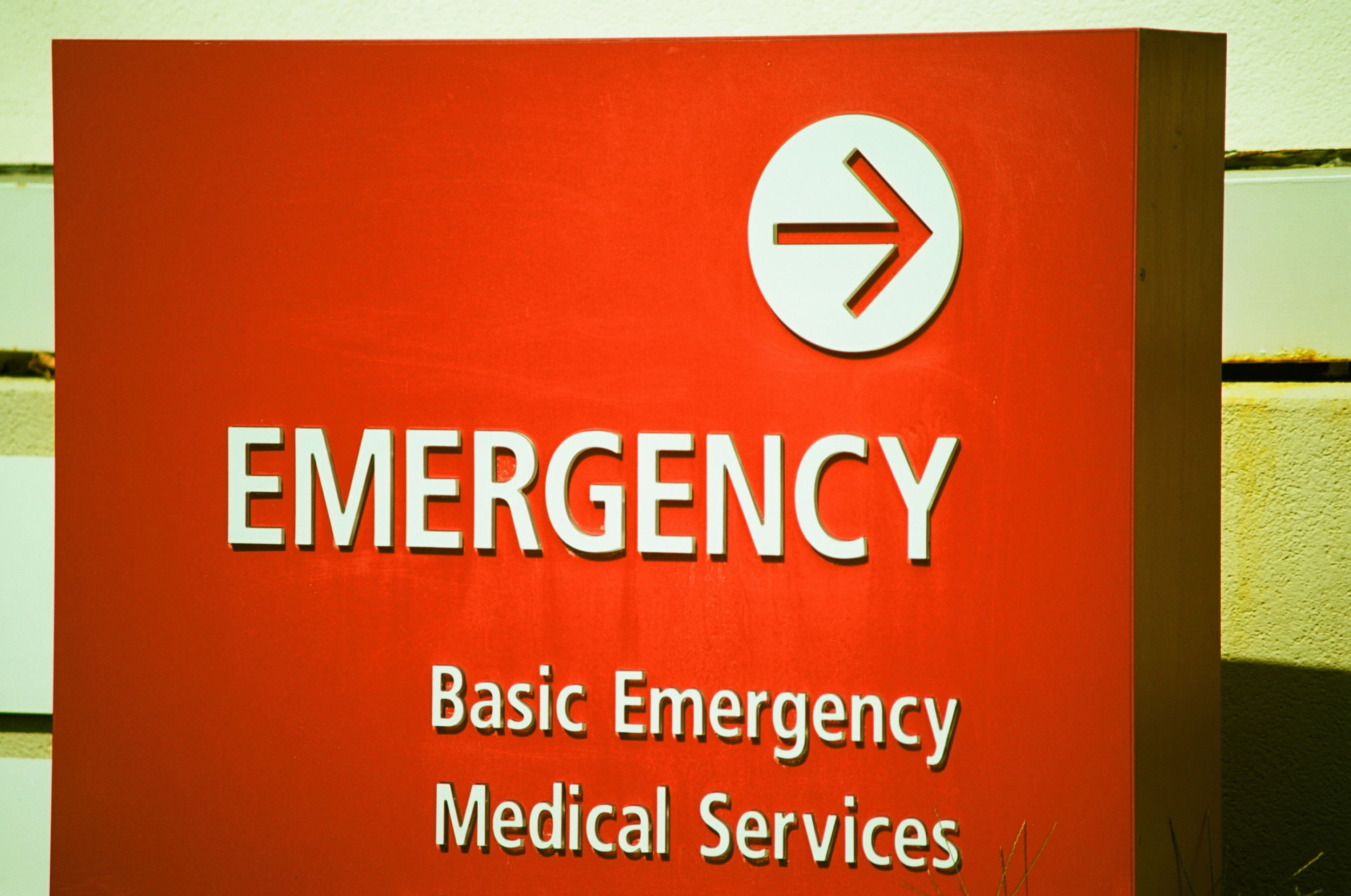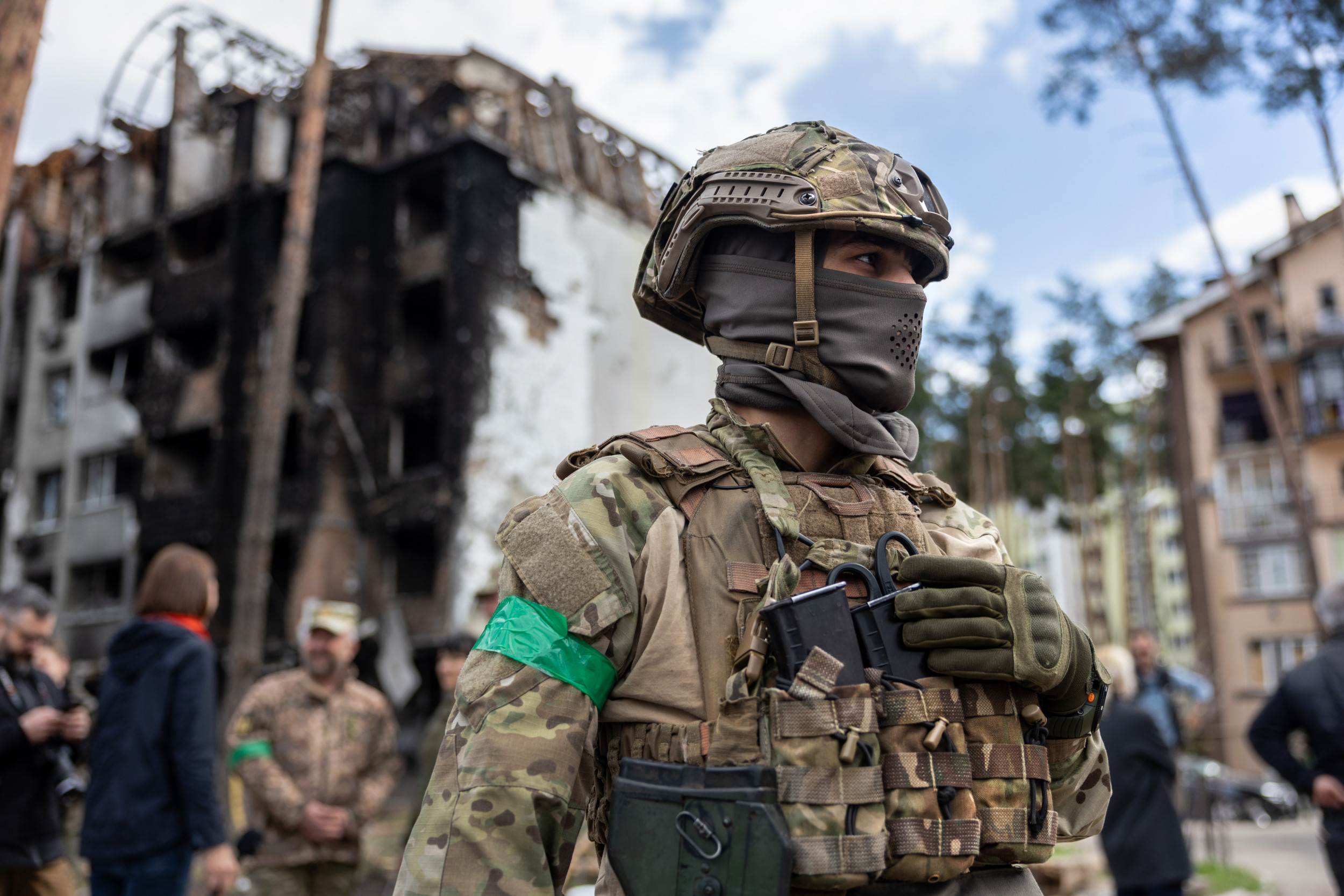New York City and several New York counties are at a higher risk area for wildfires, according to a map from the New York Department of Environmental Conservation (DEC) as the National Weather Service (NWS) issues warnings about dry weather in the region.
On Monday morning, NWS meteorologists issued special weather statements urging people in some Northeast states to use caution with ignition sources as conditions are favorable for wildfires. It's been the driest start to the fall season in more than a century, New York City blog website Gothamist reported.
Although AccuWeather senior meteorologist and long-range expert Paul Pastelok told Newsweek that it's rare for wildfires to ignite around New York City, the DEC map shows that New York City and surrounding counties in southern and parts of southeastern New York are at a moderate risk for wildfires, compared to a low risk for the rest of the state.

"Fires can start from most accidental causes but, with the exception of lightning fires in some areas, the number of starts is generally low," the moderate risk level statement said. "Fires in open cured grasslands will burn briskly and spread rapidly on windy days. Timber fires spread slowly to moderately fast. The average fire is of moderate intensity, although heavy concentrations of fuel, especially draped fuel, may burn hot. Short-distance spotting may occur, but is not persistent. Fires are not likely to become serious and control is relatively easy."
Newsweek reached out to the DEC by email for comment.
New York counties most at risk for wildfires are parts of Montgomery, Schoharie, Greene, Sullivan and Ulster and all of Schenectady, Albany, Rensselaer, Columbia, Orange, Dutchess, Putnam, Westchester, Rockland, Bronx, New York, Richmond, Queens, Kings, Nassau and Suffolk.
In neighboring Connecticut, dry weather has spurred concerns of favorable wildfire conditions, prompting NWS meteorologists in the New York office to issue a special weather statement on Monday morning.
New York City received heavy rain in August that contributed to severe flooding across the region, but the city has experienced an unusually prolonged bout of dry weather since then, NWS meteorologist Jay Engle previously told Newsweek. Central Park is nearly 3 inches below average for October rainfall, receiving only trace amounts of rain too small to be measured on October 9.
The dry weather is expected to continue, according to precipitation outlooks from the NWS Climate Prediction Center, spurring special weather statements warning of an increased risk of wildfires in the area.
"Relative humidities this afternoon are expected to be between 30 and 35 percent," the New York NWS office said in the statement on Monday morning. "When factoring in the recent lack of rainfall, conditions favoring wildfire development are possible today. Use caution when handling ignition sources."
Pastelok said that the forested environment in northern and southern New Jersey is more likely to experience wildfires than New York City. Parts of Long Island also are prone to wildfires because of brush that dries out quickly.




















 English (US) ·
English (US) ·